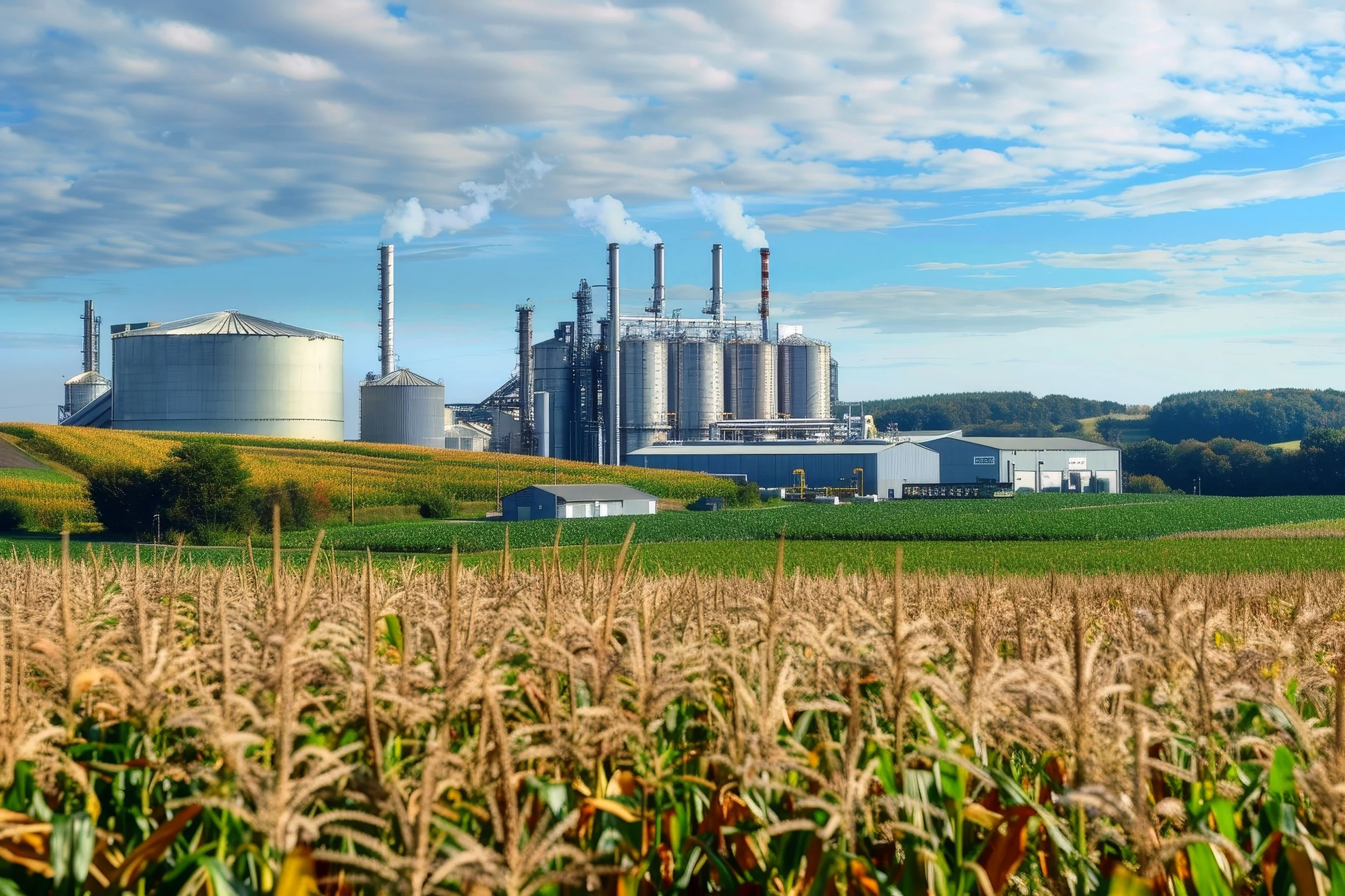
Production of Renewable Fuels and Their Green Commodities at Scale
Make It
Advancing Renewable Fuels Production Through Scientific Innovation
This research theme is dedicated to establishing the foundational and breakthrough scientific knowledge needed for affordable, globally scalable renewable fuels production.
This includes developing the fundamental processes required to produce abundant and cost-effective green hydrogen using high temperatures and pressures.
Theme Leader
Prof Deanna D’Alessandro
University of Sydney
Deputy Leader
Dr Emma Lovell
UNSW Sydney
Fundamental understandings that deliver a high temperature (110-150 °C) and pressure (4-70 bar) electrolyser that meets key US Department of Energy ‘Hydrogen Shot’ targets for making green hydrogen outcompete fossil fuels
Make It
Green hydrogen is the cornerstone of renewable fuels production. It enables the creation of low-cost green ammonia, green methanol, and green kerosene (sustainable aviation fuel, or SAF). Additionally, this technology supports the efficient conversion of iron ore into green direct reduced iron (DRI)—a high-value, export-ready, and decarbonised product.
‘Next generation’ electrochemical methods to directly produce green ammonia from green hydrogen and atmospheric nitrogen using renewable energy at high energy efficiencies, operating at up to 150 °C and 4-70 bar
New, efficient, scalable ‘proof-of-concept’ techniques for transforming iron ore into green DRI using green hydrogen
Step-change research breakthroughs for producing green e-fuels, including green methanol and renewable synthetic aviation fuel, that render them economically compelling over their fossil fuel-produced counterparts
Multi-scale design, manufacturing and understanding of affordable and scalable catalysts and materials, for renewable fuels production at the required global scale to replace fossil fuels.
Sub-themes
Our research is driven by advances in catalysis and materials science, leading to scalable and economically competitive processes for renewable fuels production. This theme is organised into five sub-themes:
-
This sub-theme aims to substantially amplify the energy efficiency and hydrogen output of water electrolysers, drastically reducing the cost of green hydrogen.
Electrolysis, powered by renewable electricity, splits water into hydrogen and oxygen, producing emissions-free "green hydrogen."
The key device required to produce green hydrogen is the electrolyser. Current state-of-the-art commercial electrolysers are energy-intensive and inefficient, requiring 49–53 kWh of electricity to produce just 1 kg of hydrogen (which contains 39.4 kWh of energy), making green hydrogen costly at around US$6–8/kg. To make it competitive with fossil fuels, initiatives like the U.S. Department of Energy’s "Hydrogen Shot" target a cost of US$1/kg. This sub-theme aims to develop electrolysis technology that meets these ambitious performance and cost goals.
Expected Outcome: A scalable electrolyser that meets the DOE targets and approaches US$1/kg hydrogen.
-
This sub-theme aims to develop a novel, energy-efficient electrochemical process for producing green ammonia using green hydrogen, offering a simpler and more scalable alternative to the conventional, energy-intensive Haber-Bosch process. It involves two key work packages: the first focuses on creating a high-efficiency electrolysis cell for direct nitrogen reduction to ammonia, while the second explores a ‘looping’ catalyst approach, where nitrogen is absorbed by a reactive material (e.g. LiH) and then reacts with hydrogen to produce ammonia and regenerate the catalyst.
Expected Outcome: A high efficiency and high output cell for green ammonia production with looping catalysts
-
This sub-theme focuses on advancing technologies for producing green synthetic e-fuels—such as e-methanol and e-SAF—using renewable hydrogen and recycled CO₂, which are critical to decarbonising maritime and aviation sectors. Given that e-fuels currently cost 4 to 10 times more than fossil-based alternatives, the sub-theme aims to improve catalytic efficiency and system design. Key research areas include developing advanced hierarchical catalysts for selective CO₂ conversion, designing solar-responsive catalysts to harness heat and light, and creating tandem catalyst beds that enable efficient cascade reactions for targeted e-fuel production.
Expected Outcomes: Scientific understandings to drive the development of breakthrough technologies to produce green e-fuels that set new standards in energy efficiency, scalability, economic competitiveness; training opportunities.
-
This sub-theme will deliver a necessary sovereign strategy and venture for Australia in the production of Direct Reduced Iron (DRI) from Pilbara iron ores using green hydrogen as a reductant. Currently, Pilbara iron ores are Australia’s largest export. Their conversion, using green hydrogen, into high-value, green DRI for export, would not only help secure Australia’s iron ore sector as a major global exporter, but also fit the ‘Future Made in Australia’ plan. Pilbara iron ore is ideal, given the green hydrogen projects of PO InterContinental Energy planned for the Pilbara.
This sub-theme will examine the physicochemical properties of various virgin Pilbara iron ores and produced pellets, and their impact on hydrogen reduction kinetics.
Expected outcome: Scientific illumination of low-cost production pathways to high-quality green direct reduced iron from Pilbara iron ores with major emissions and economic benefits for Australia’s ferrous metals export industry.
-
This sub-theme will establish a trail-blazing research program focusing on the multi-scale design and manufacturing of affordable and scalable catalysts for renewable fuels, using earth-abundant materials that can be ethically and securely procured.
The efficient production, storage, transport and use of renewable fuels at a global scale requires development of affordable and scalable catalysts to promote the required green reactions. We will bring together world leading expertise in chemistry, material science, physics and chemical engineering to enable renewable fuel production, hydrogen liquefaction, and storage.
This sub-theme will design, and test novel, high performing catalyst systems comprising synergistic combinations of abundant elements.
Expected Outcomes: The development of scalable, affordable catalyst systems and manufacturing approaches thereof, to enable renewable fuels production, storage and usage. Fundamental discoveries in catalysis and materials science.








